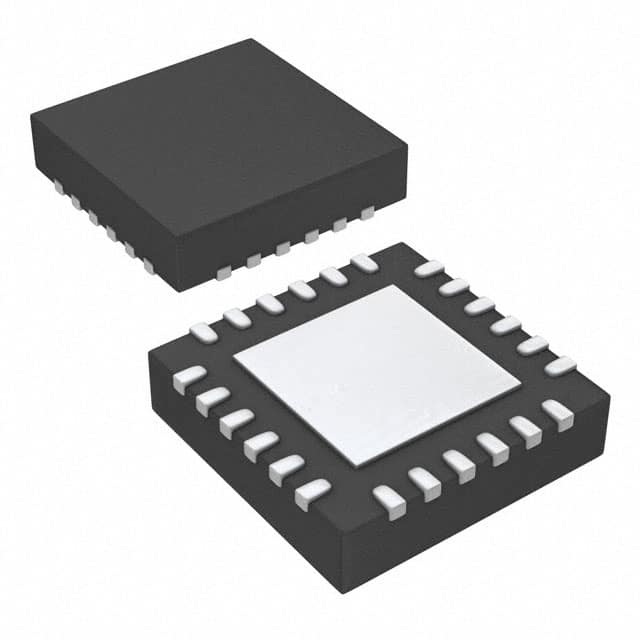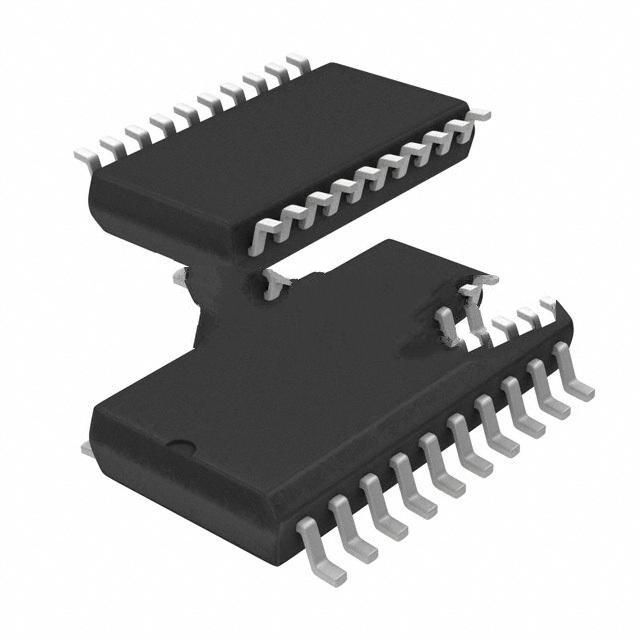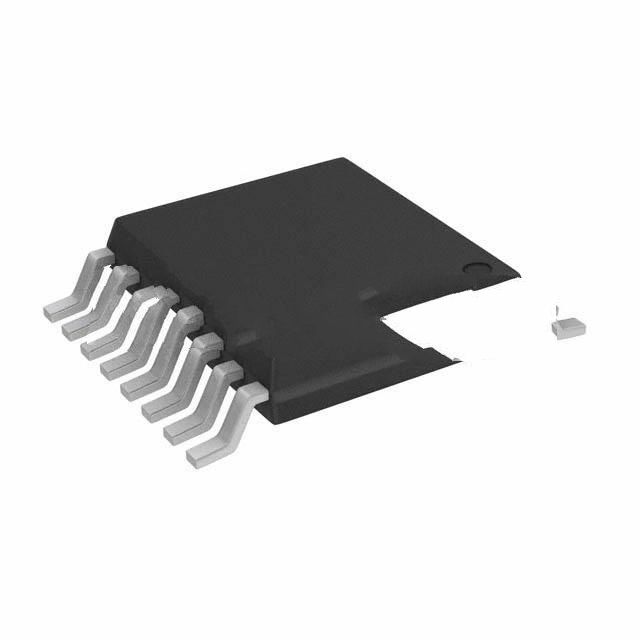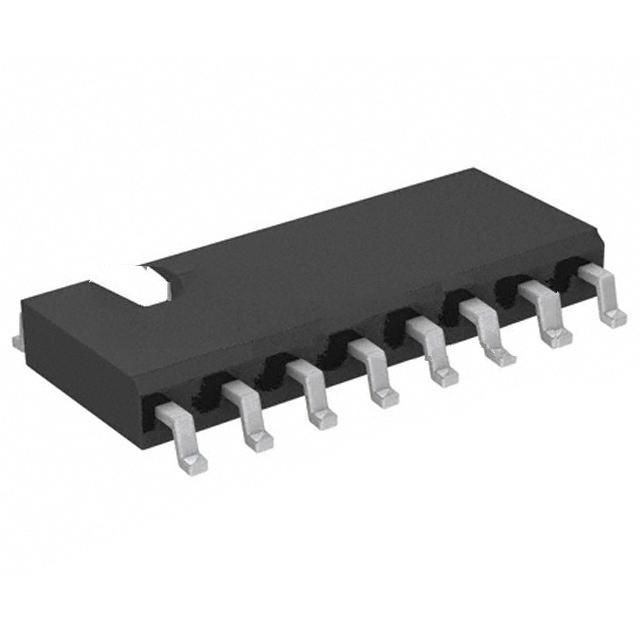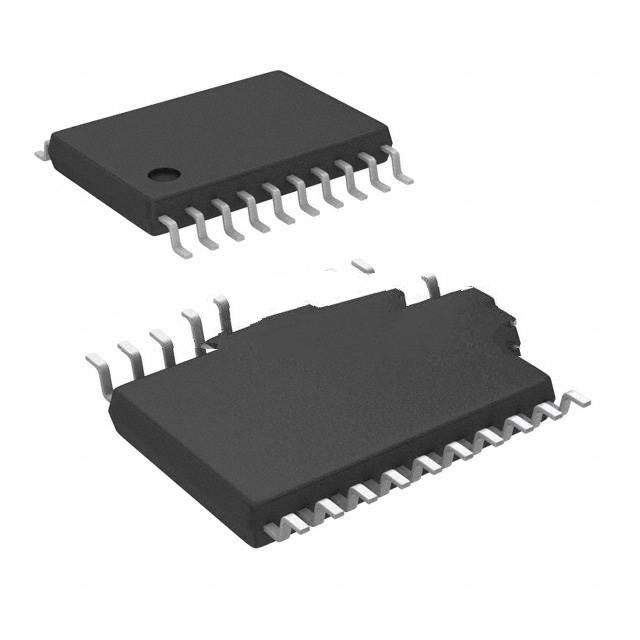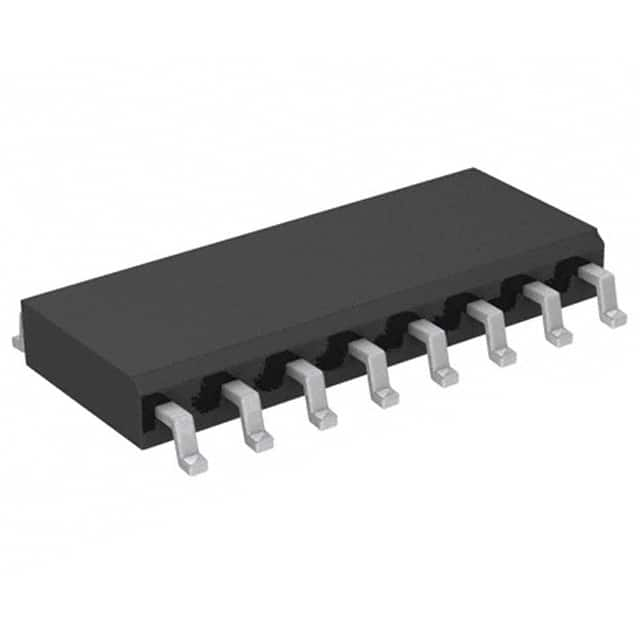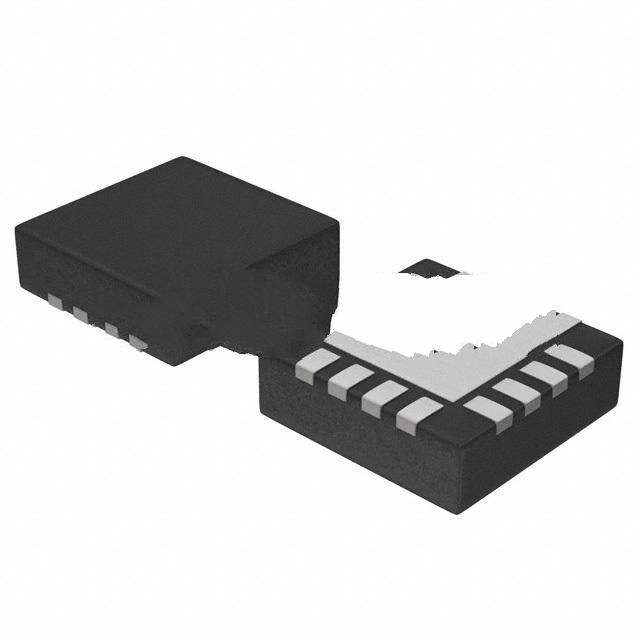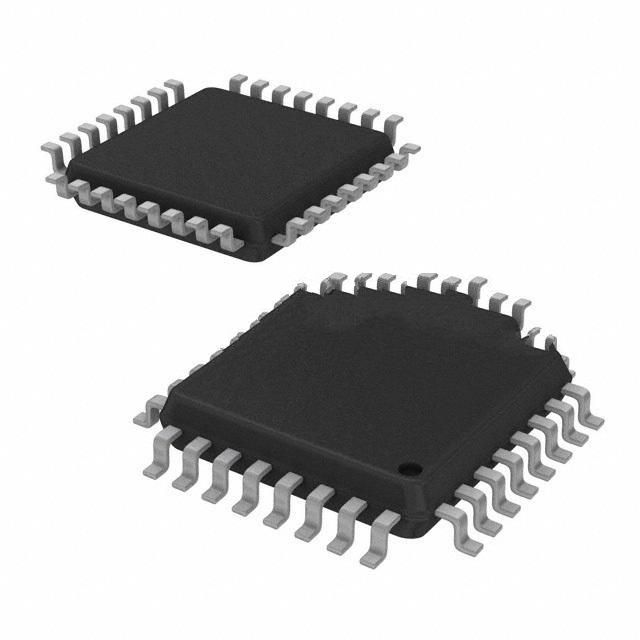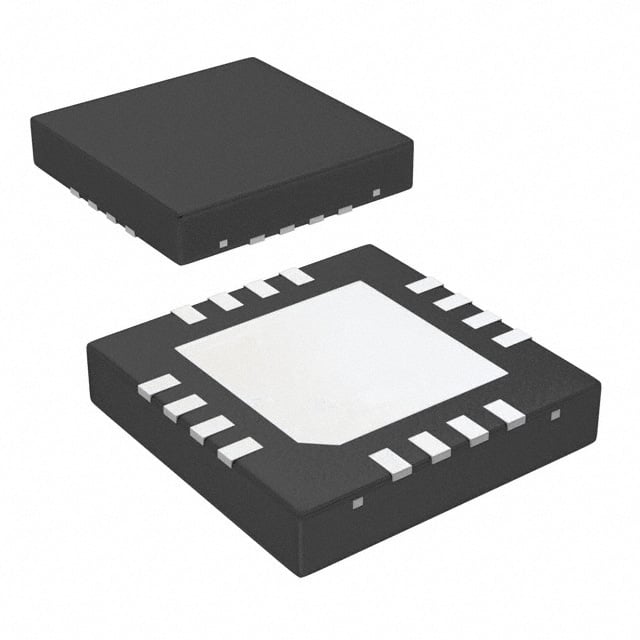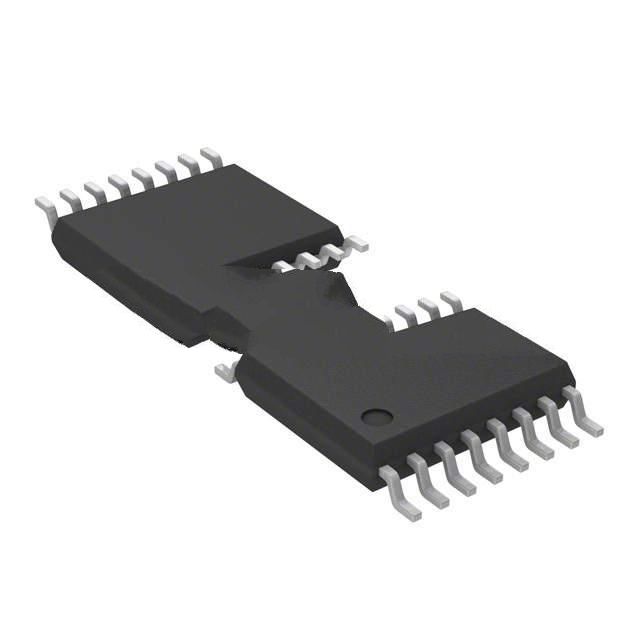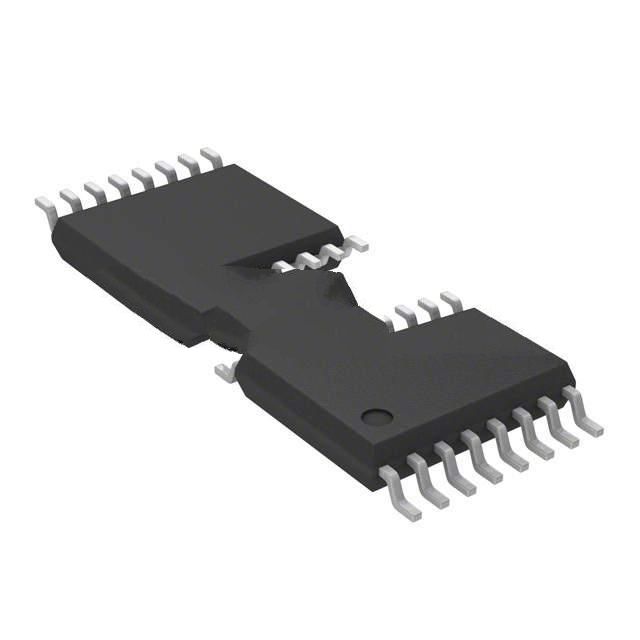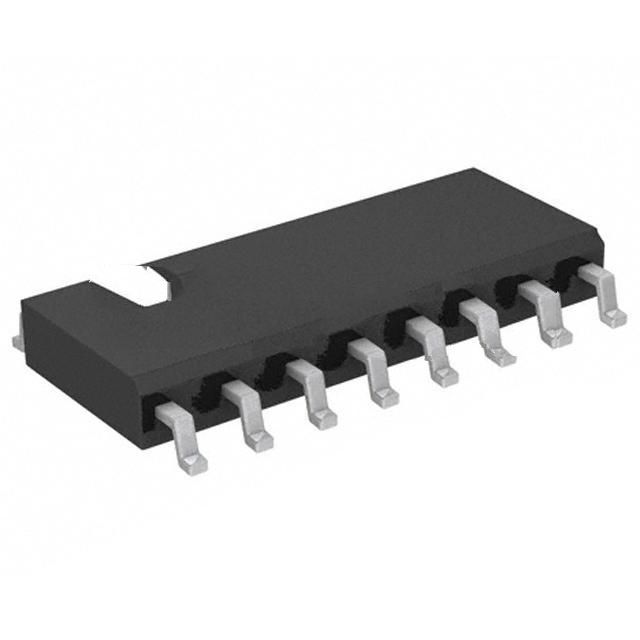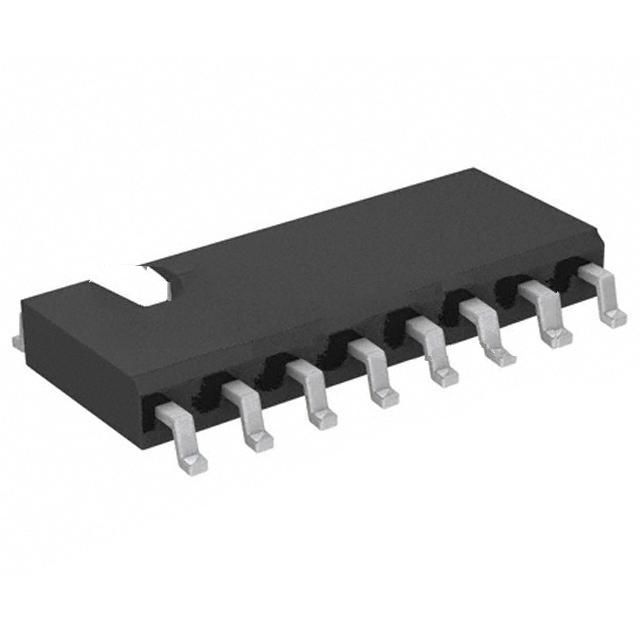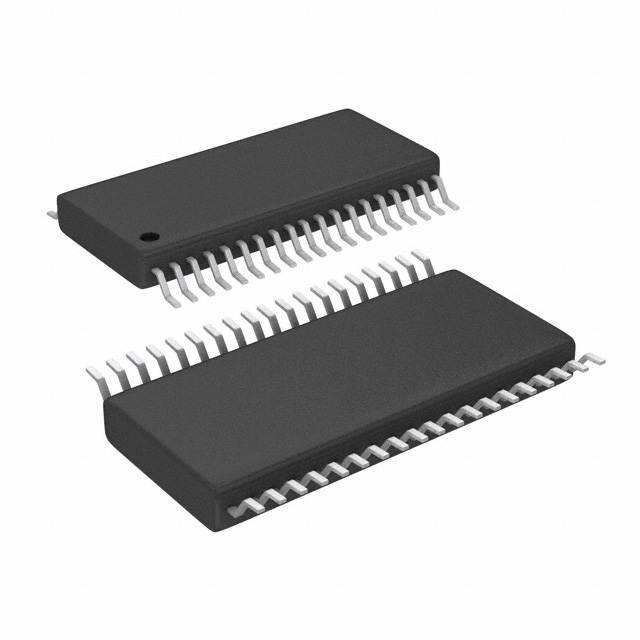SN65LVCP402RGER Product Introduction:
Texas Instruments Part Number SN65LVCP402RGER(Logic - Signal Switches, Multiplexers, Decoders), developed and manufactured by Texas Instruments, distributed globally by Jinftry. We distribute various electronic components from world-renowned brands and provide one-stop services, making us a trusted global electronic component distributor.
SN65LVCP402RGER is one of the part numbers distributed by Jinftry, and you can learn about its specifications/configurations, package/case, Datasheet, and other information here. Electronic components are affected by supply and demand, and prices fluctuate frequently. If you have a demand, please do not hesitate to send us an RFQ or email us immediately sales@jinftry.com Please inquire about the real-time unit price, Data Code, Lead time, payment terms, and any other information you would like to know. We will do our best to provide you with a quotation and reply as soon as possible.
Introducing the Texas Instruments SN65LVCP402RGER, a versatile and high-performance serializer/deserializer (SerDes) device designed to meet the demanding requirements of various applications. With its advanced features and robust design, this product is set to revolutionize the field of data communication.
The SN65LVCP402RGER offers a wide range of features that make it an ideal choice for a variety of applications. It supports data rates up to 12.5 Gbps, enabling high-speed data transmission with minimal latency. The device also features a low-power mode, ensuring efficient power consumption without compromising performance. Additionally, it supports both AC-coupled and DC-coupled interfaces, providing flexibility in system design.
This SerDes device is suitable for a wide range of application fields. It can be used in high-speed data communication systems, such as data centers, telecommunications, and networking equipment. Its robust design and high-speed capabilities make it an excellent choice for applications that require reliable and fast data transmission. Furthermore, the SN65LVCP402RGER can be used in video and imaging systems, enabling high-quality video streaming and image processing.
In conclusion, the Texas Instruments SN65LVCP402RGER is a cutting-edge SerDes device that offers exceptional performance and versatility. With its advanced features and wide range of application fields, it is set to become the go-to choice for high-speed data communication and video processing systems.
Signal Switches, Multiplexers, Decoders are all logic electronic devices that act on signal control and transmission. The signal switch usually consists of an input port, a control port and an output port, and the design principle is based on the switching characteristics of transistors or Fets. When the control signal meets certain conditions, the signal switch allows the signal to be transferred from the input port to the output port; Otherwise, the signal transmission is blocked. A multiplexer is an integrated circuit that can select and output one of multiple input signals onto a single output line. The multiplexer contains a selection control input and multiple data inputs, as well as an output. The design principle is based on a combination of logic gate circuits, which determines which data input is selected and transmitted to the output by selecting different states of the control input. A decoder is an electronic device that converts an encoded input signal into a set of output signals, each of which corresponds to a specific state of the input signal. The decoder usually consists of an input port, multiple output ports, and (optionally) an enable port. Design principle, the decoder contains a series of logic gate circuits, through the combination of logic to achieve the input to output mapping relationship.
Application
Signal Switches, Multiplexers, Decoders all play a key role in a variety of electronic devices. In the communication system, the signal switch is used to realize the switching and routing of the signal to ensure the correct transmission of the signal. In the field of automation control, signal switches are used to control the start, stop and state transition of equipment. Multiplexers are widely used in the field of communication and data transmission, such as Time division multiplexing (TDM) and frequency division multiplexing (FDM) systems. Multiplexers can combine multiple low-speed signals into one high-speed signal for transmission, improving channel utilization. In addition, the multiplexer is also widely used in computer bus, network interface card (NIC) and other occasions to achieve effective data transmission and distribution. Decoders play an important role in computer systems and embedded systems. In the computer, the decoder is used to convert the address signal sent by the CPU into the control signal of the corresponding storage unit or peripheral to realize the read and write operation of data. In embedded systems, decoders are used for address decoding, function selection, etc., to ensure that the system can correctly execute instructions and respond to external events. In addition, the decoder is also widely used in digital display, LED driver and other occasions to achieve signal to display conversion.
FAQ about Logic - Signal Switches, Multiplexers, Decoders
-
1. What are the four types of switches?
Single-pole single-throw (SPST) - The most basic switch, with only one input and one output, can be turned on or off.
Single-pole double-throw (SPDT) - There is a common terminal, a normally closed terminal, and a normally open terminal, which can be used to select one of two different paths.
Double-pole single-throw (DPST) - There are two independent single-pole single-throw switches, which operate in conjunction and can control two lines at the same time.
Double Pole Double Throw (DPDT) - There are two independent sets of single pole double throw switches, each with its own common, normally closed and normally open terminals, which can control two lines at the same time, and each line has two state selections.
-
2. What is the difference between power switches and signal switches?
The difference between power switches and signal switches is mainly the energy level they handle. Power switches are designed to carry larger currents and powers, and are usually used to directly control power supplies; while signal switches handle smaller currents and are mainly used to control logic levels or routing of small signals.
-
3. What are some examples of decoders?
BCD to 7-segment decoder
Binary to Octal Decoder
Address Decoder in memory systems
 Lead free / RoHS Compliant
Lead free / RoHS Compliant



